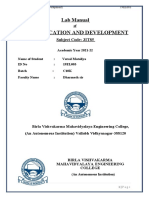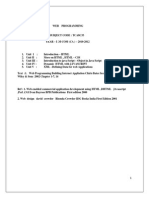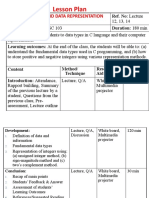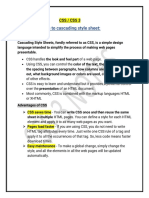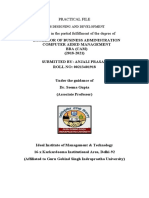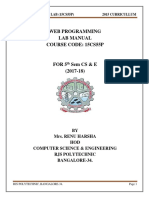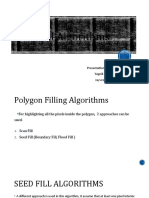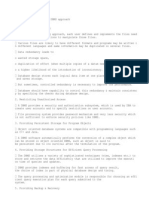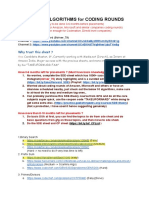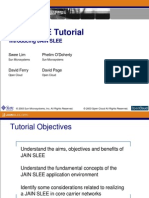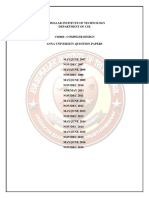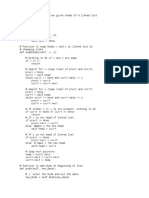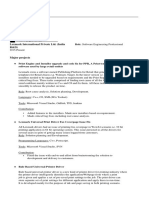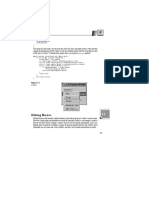100% found this document useful (2 votes)
2K views15 pagesCSS Basics for Web Developers
CSS (Cascading Style Sheets) is used to define styles for web pages, including design and layout. It allows formatting to be defined once and applied to multiple pages, saving work. CSS was created by W3C to solve problems with HTML tags controlling formatting. There are different ways to insert CSS including external, internal, and inline styles. CSS rules contain selectors that point to elements to style and declaration blocks with properties and values to control formatting.
Uploaded by
Wahid shahCopyright
© © All Rights Reserved
We take content rights seriously. If you suspect this is your content, claim it here.
Available Formats
Download as PPTX, PDF, TXT or read online on Scribd
100% found this document useful (2 votes)
2K views15 pagesCSS Basics for Web Developers
CSS (Cascading Style Sheets) is used to define styles for web pages, including design and layout. It allows formatting to be defined once and applied to multiple pages, saving work. CSS was created by W3C to solve problems with HTML tags controlling formatting. There are different ways to insert CSS including external, internal, and inline styles. CSS rules contain selectors that point to elements to style and declaration blocks with properties and values to control formatting.
Uploaded by
Wahid shahCopyright
© © All Rights Reserved
We take content rights seriously. If you suspect this is your content, claim it here.
Available Formats
Download as PPTX, PDF, TXT or read online on Scribd
/ 15






